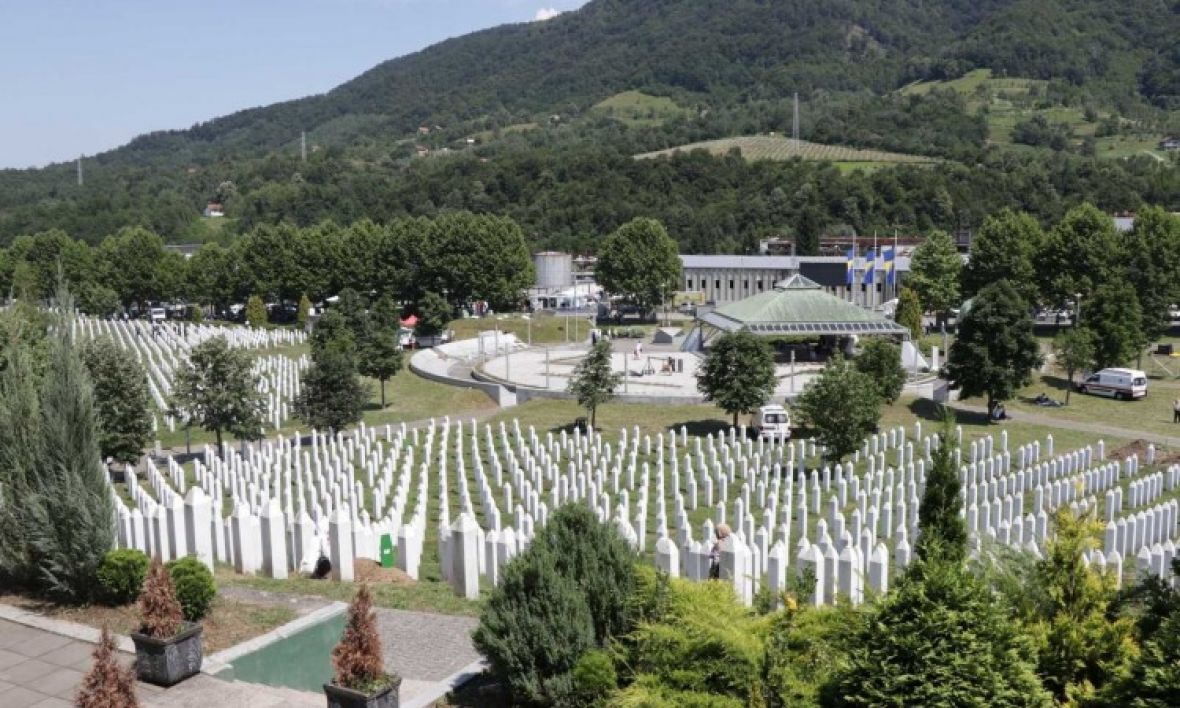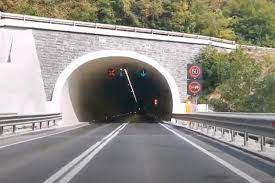Danger Management System
Main purpose of the DMS (Danger Management System) is to concentrate all the events occurring in the building which have potential of danger for staff or property. DMS system can, to a certain degree, offer control and management abilities, not as a primary function of automation of operations, but rather as an auxiliary function and assistance in management of critical situations. DMS system may not serve as a substitute for any of the basic functions of any subsystem, but it should serve as upgradeable element for increased level of emergency situation management.
 In structures where several different security systems are installed, DMS proved to be an efficient solution which delivers timely and accurate information regarding each event occurring within the structure facility. This system shortens response time of staff responsible to clear different types of dangers and it provides clear instructions to users on proper steps they need to take to that effect.
In structures where several different security systems are installed, DMS proved to be an efficient solution which delivers timely and accurate information regarding each event occurring within the structure facility. This system shortens response time of staff responsible to clear different types of dangers and it provides clear instructions to users on proper steps they need to take to that effect.
Experience shows that the weakest link in case of any kind of danger in the facility is the human factor. DMS enables dissemination of the same information selectively to multiple locations in order to minimize impact of human error, by enabling reaction from any control point.
Due to these reasons, DMS must enable transparent monitoring of the situation, with clear graphical and textual guidelines for the staff, about the operations that must be performed in each alarm event. DMS programming must be carried out by exerts with professional experience in implementation of this type of systems. Each vague information or instruction to the operator can have the effect opposite than which is actually required.
DMS system designer must have information and a clear picture about all levels of danger, the most critical spots in the facility, reaction guidelines for each of the alarm levels and critical spots, reaction guidelines for other crisis situations in the facility, alert mechanism and hierarchy of alarming and informing, as well as about document that must be available to the security staff for various events.
Some of the aspects to be taken into account when DMS system is being designed are:
- Flexibility – system can be designed and configured for various situations, according to the requirement to cover all the possible situations
- Upgradability – system can be upgraded and expanded per customer’s request and support multiple locations, structures, subsystems, different types of equipment and users
- Security – with concepts of autonomous subsystems and distributed control, system offers full assurance to the staff that required function has been carried out. Besides that, redundant configurations can be applied, that entirely eliminate system fault
- Protection – operator controls and monitors these particular events that are defined for his level
- Simplicity – interactive graphical communication and clear textual information make control simple, even in the most complex facilities
- Integration – system architecture is open, allowing different system solutions and integration of equipment made by different manufacturers
- Analytics – all events are archived which allows clear inspection of alarms, manual operations and users of the system. Data can be categorized based on various criteria, in order to get detailed and statistical information useful for further improvements in facility protection
Systems that can be connected to DMS include:
- Fire detection system and through this system, a fire extinguishing system
- Carbon monoxide detection system
- Access control system
- CCTV
- Intrusion detection system
- Key management system
- Other types of systems

 The administrative building of the Potočari Srebrenica Memorial Center was partly renovated earlier, and the archive of the center was renovated through 2 new tenders.
The administrative building of the Potočari Srebrenica Memorial Center was partly renovated earlier, and the archive of the center was renovated through 2 new tenders.
 As part of the tunnel rehabilitation, and due to the large length of the tunnel, a fire alarm system with a sensor optical cable and a Siemens OTS device for receiving information from the cable were installed.
As part of the tunnel rehabilitation, and due to the large length of the tunnel, a fire alarm system with a sensor optical cable and a Siemens OTS device for receiving information from the cable were installed.

